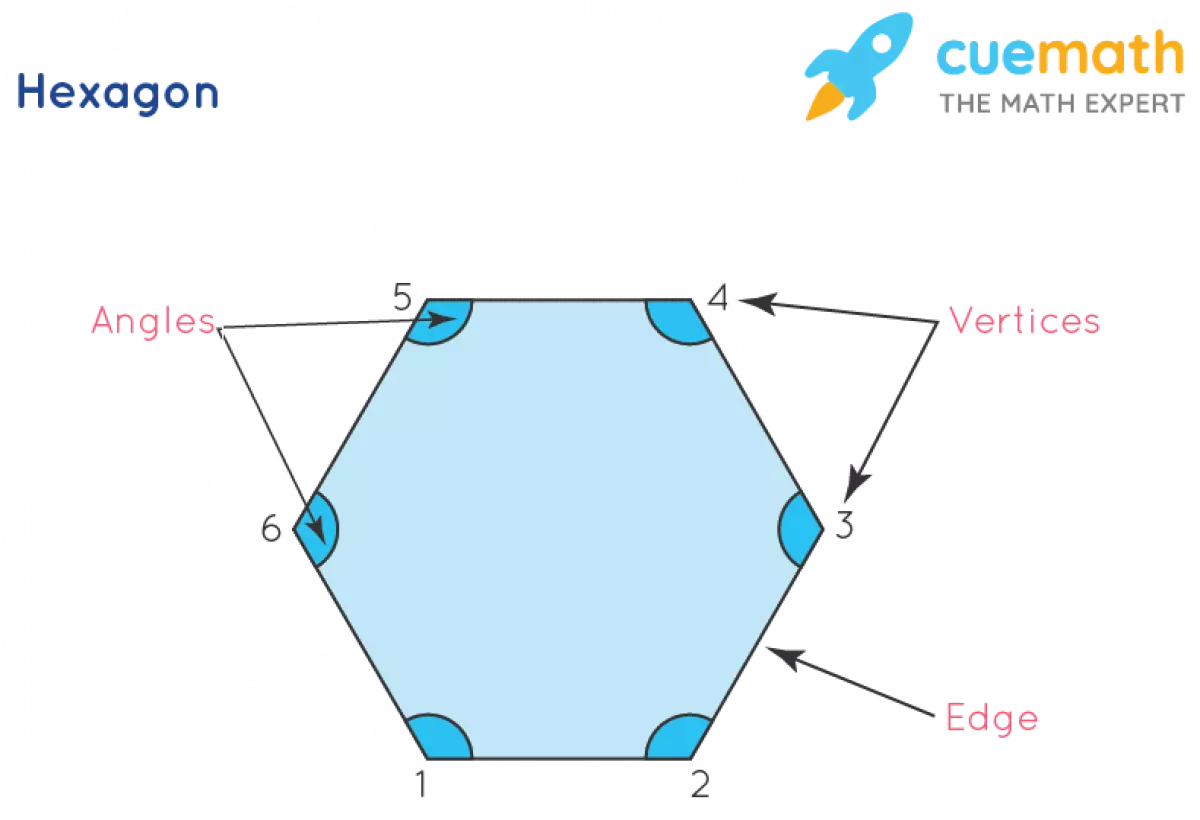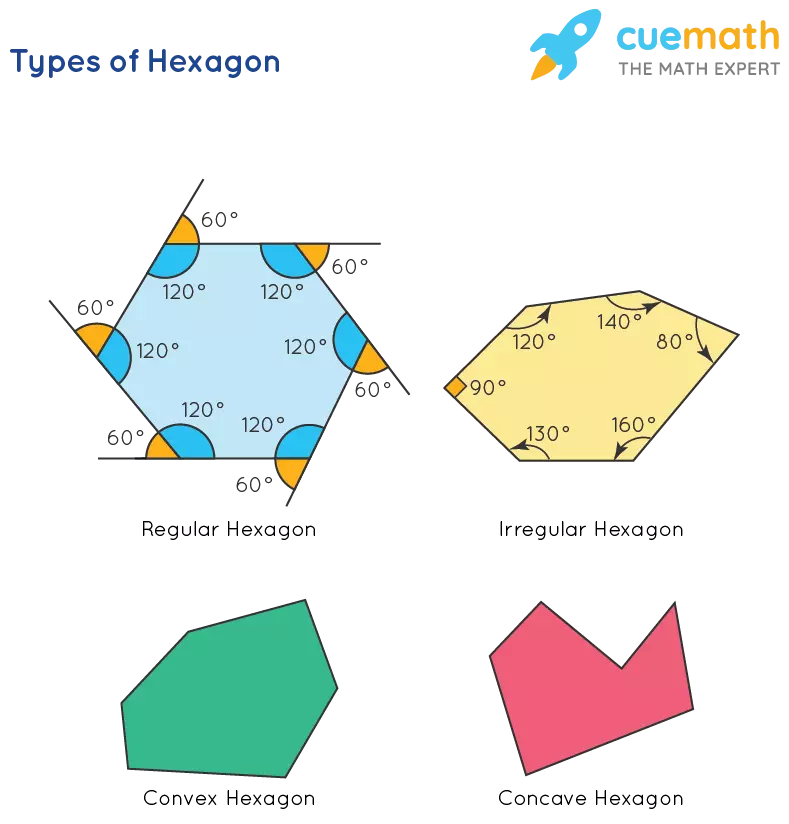 Image source: Saigonintela.vn
Image source: Saigonintela.vn
Hexagons are fascinating geometric shapes that have six sides, six vertices, and six interior angles. In this article, we will explore the properties of hexagons, the angles they possess, and the various types of hexagons you may encounter.
What is a Hexagon?
A hexagon is a two-dimensional shape composed of six sides and six angles. Some common real-life examples of hexagons include floor tiles, pencil cross-sections, clocks, and honeycombs. Hexagons can be categorized into two types: regular hexagons, which have equal sides and equal interior angles, and irregular hexagons, which have sides and angles of different measurements.
Hexagon Definition
The definition of a hexagon states that it is a six-sided polygon, with the name derived from a Greek word where 'hex' means six, and 'gonia' means corners. This means that a hexagon has six sides, six corners, and six interior angles.
A regular hexagon is a closed 2D shape made up of six equal sides and six equal angles. Each angle of a regular hexagon measures 120°, and the sum of all interior angles is 720°. The sum of the exterior angles of any polygon is always 360°, so each exterior angle in a regular hexagon is equal to 60°.
Irregular Hexagon
In an irregular hexagon, the six sides are of different lengths, and the six interior angles are of different measures. Despite their differences, both irregular and regular hexagons share some common properties:
- Both have six sides, six interior angles, and six vertices.
- The sum of all six interior angles is always 720°.
- The sum of all six exterior angles is always 360°.
 Image source: Saigonintela.vn
Image source: Saigonintela.vn
Diagonals of a Hexagon
A diagonal is a segment of a line that connects any two non-adjacent vertices of a polygon. The number of diagonals in a polygon with 'n' sides is given by the formula n(n-3)/2. Therefore, in a hexagon, the number of diagonals is 9. Out of these 9 diagonals, 3 pass through the center of the hexagon.
Types of Hexagons
Hexagons can be classified based on their side lengths and internal angles. The types of hexagons are as follows:
- Regular Hexagon: This hexagon has equal sides and angles. All internal angles measure 120°, and the sum of interior angles is 720°. The sum of exterior angles is 360°.
- Irregular Hexagon: This hexagon has sides and angles of different measurements. The sum of all interior angles is 720°.
- Convex Hexagon: A convex hexagon has interior angles measuring less than 180°. It can be regular or irregular, and all of its vertices point outwards.
- Concave Hexagon: A concave hexagon has at least one interior angle greater than 180°. It has at least one vertex that points inwards.
 Image source: Saigonintela.vn
Image source: Saigonintela.vn
Key Properties of a Hexagon
Here are some important properties of hexagons:
- A hexagon has six sides, six edges, and six vertices.
- The side lengths can be equal or unequal.
- All interior angles of a regular hexagon measure 120° each.
- The sum of the interior angles is always equal to 720°.
- All exterior angles of a regular hexagon measure 60° each.
- The sum of the exterior angles is equal to 360°.
- Nine diagonals can be drawn in a hexagon.
- A regular hexagon is also a convex hexagon since all its internal angles are less than 180°.
- A hexagon can be divided into six equilateral triangles.
- The opposite sides of a regular hexagon are always parallel to each other.
- The area of a regular hexagon is given by the formula 3√3a²/2, where 'a' is the side length.
- The perimeter of a hexagon can be calculated by adding the lengths of all six sides.
By understanding the properties, angles, and types of hexagons, you can appreciate the beauty and versatility of this geometric shape.
☛ Related Topics
If you find hexagons intriguing, you may also enjoy learning about other polygons:
- Pentagon - 5-sided polygon
- Heptagon - 7-sided polygon
- Octagon - 8-sided polygon
- Decagon - 10-sided polygon












